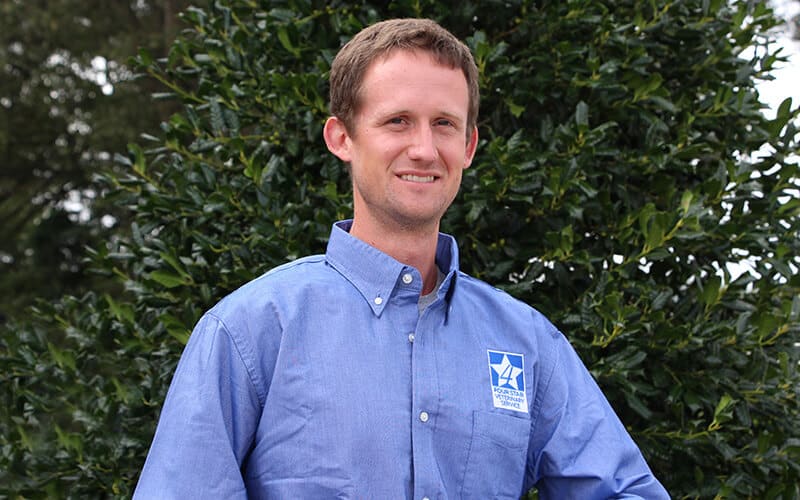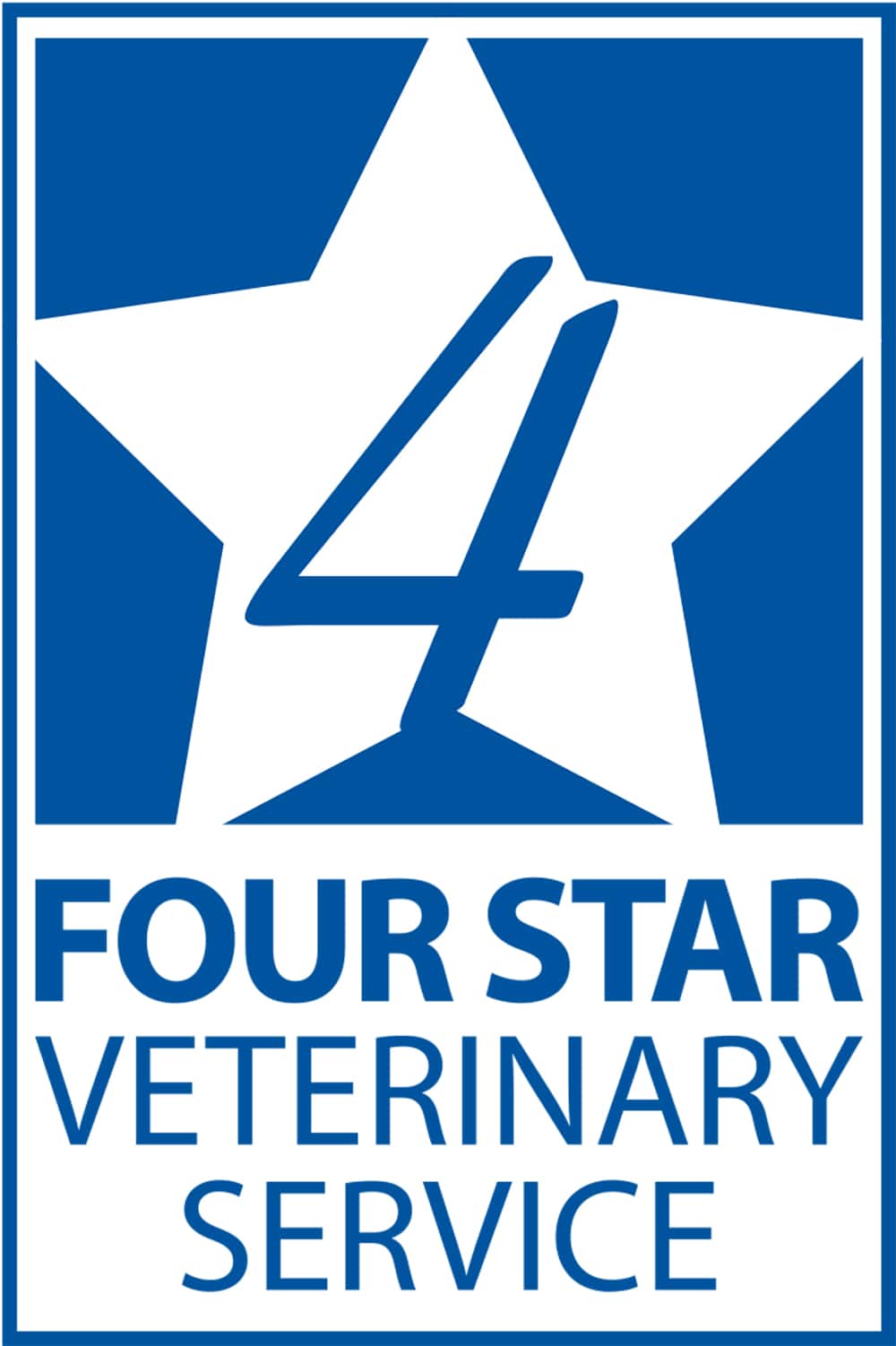
Hog manure helps sustain profitable cow-calf herds when pasture grazing is well managed. But pork producers often lack the knowledge to manage pastures for calf production, according to Harrison Dudley, DVM, Four Star Veterinary Service in Kinston, North Carolina.
“I have some producers who have tried to make the cattle part of their business more productive,” Dudley said. “They have tried to maximize the number of head per acre and end up in trouble because they run out of grass at certain times of the year.
“The producers doing the best job in this type of system manage the grass and match the cattle to their ability to grow the grass,” he explained.
Dudley offers suggestions to better manage pastures fertilized with hog manure for a successful cow-calf herd.
Manage the grasses
“Most of our forage base is a warm-season perennial so when winter comes around, there’s not much growing there,” Dudley said. Compounding the problem are dry summers with periods of heavy tropical rains that produce marginal-quality hay.
“We see a lot of mono-crop pasture management,” he explained. “We need more biodiversity in the pasture. Plant two- or three-variety grazing mixes or have different plots for different grass peaks.”
For example, Dudley suggests a rotation of oats, ryegrass and wheat, each planted in 30-acre pastures.
“Instead of planting the cheapest grass on all your ground to produce a ton of grass for 30 days and then nothing after that, you have staggered pastures with different grass peaks,” he explained.
Match stocking density to grass
A common mistake made by many cow-calf producers is stocking the pastures for peak grass production. When grass production starts to drop, overgrazing occurs, and cattle start experiencing nutritional issues.
“Cows drop body condition really quick,” Dudley said. “Stage your stocking density so you can carry cows through lighter parts of the year.
“Focus on producing good quality and adequate quantity as well. Sometimes people focus on quality but don’t have the quantity.”
Stocking densities vary by region. In the Kinston area, Dudley said they stock a cow-calf pair on 1.25 to 1.5 acres. Two hours west, the stocking density for a cow-calf pair is 2 to 2.5 acres.
Select genetics for environment
“Match the genetics of the animal to work in your environment,” Dudley continued. “We may pick animals that are the best but are developed in a very different system than an eastern North Carolina hog farm. They may perform really well on wheat pasture and cornstalks in Nebraska but probably don’t have the same genetic composition as animals that will do well in North Carolina.
“You should select females that have proven they can work in your system,” he emphasized.
Dudley works with some producers who select and develop their own heifers for their cow-calf herd. “They are developing their own heifers, making the right bull selections and keeping the cows around until they are 10 to 15 years old,” he said. “It does require a special type of producer to keep a heifer.”
Producers looking for help with a cow-calf herd and pasture management should contact their local veterinarian or click here to email Dudley.
